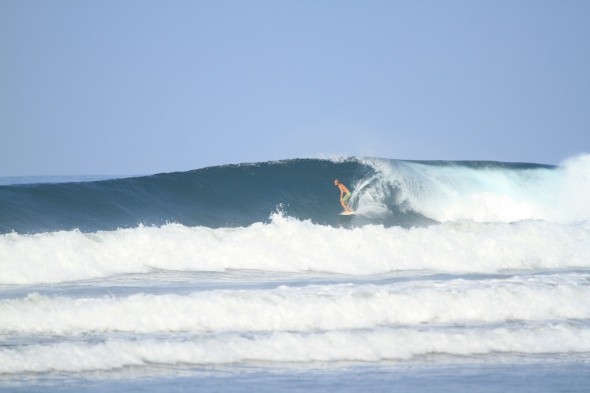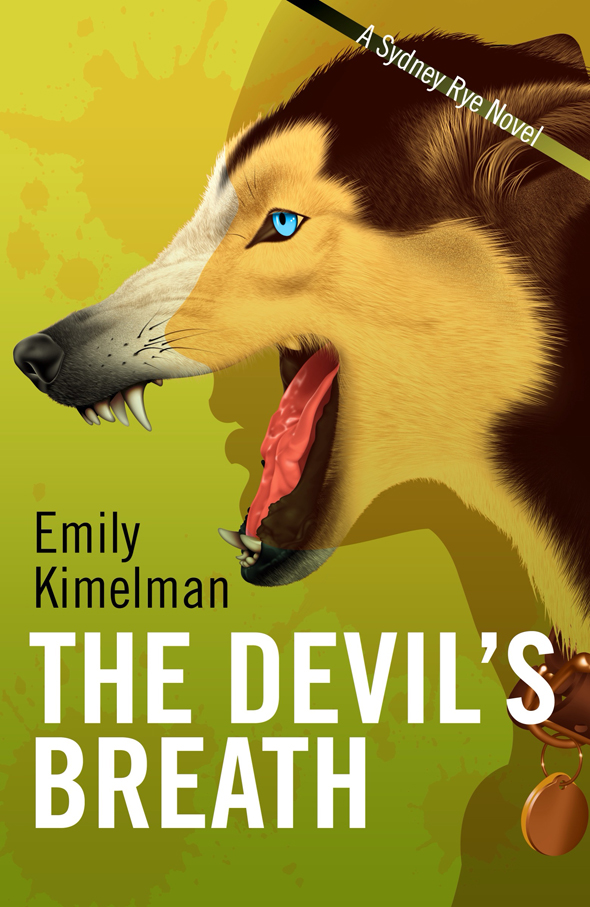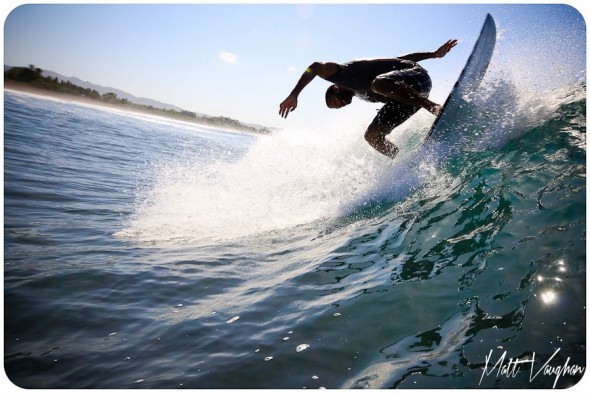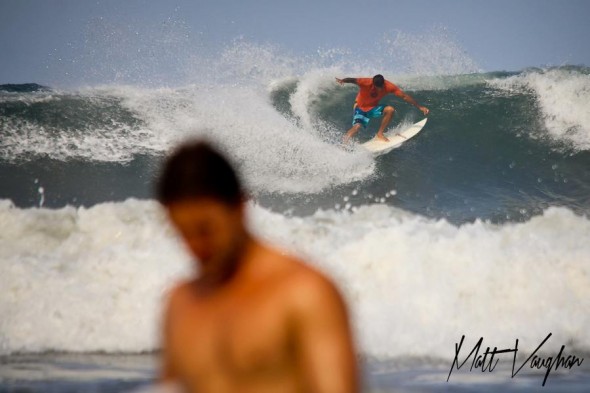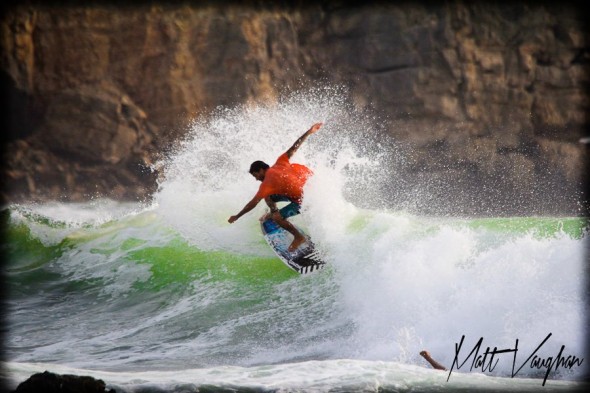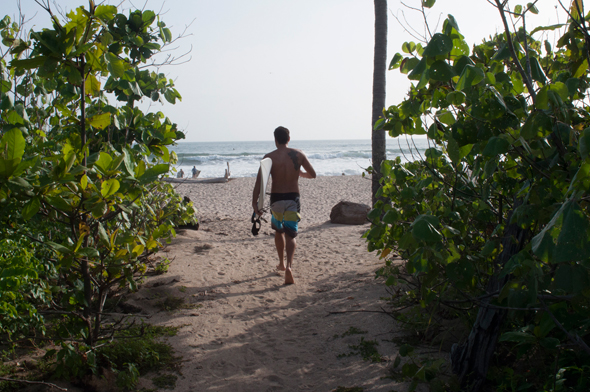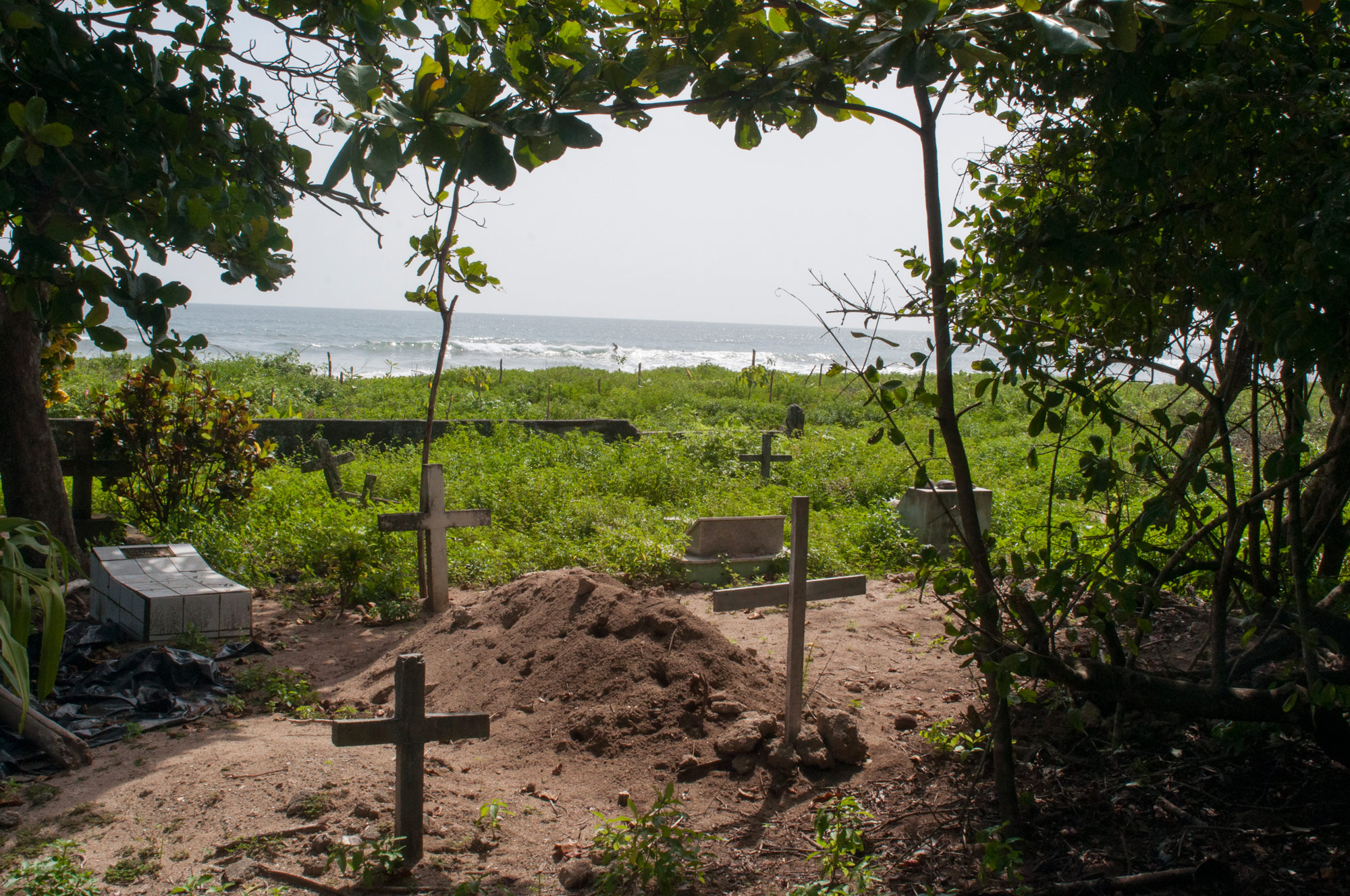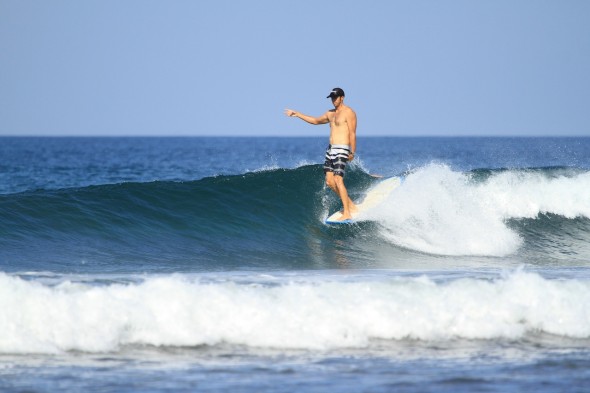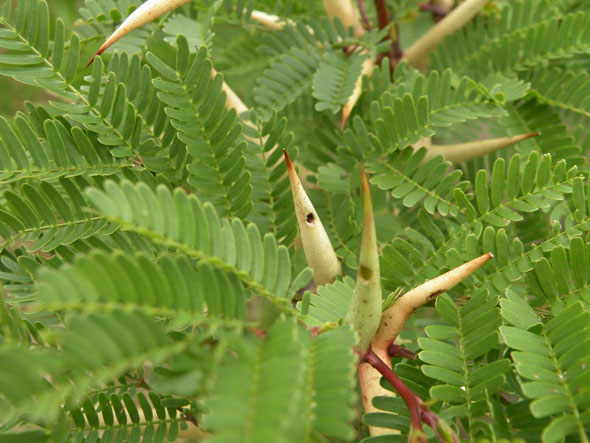The Harmony is hosting a video contest and there’s still time for you to enter! In honor of our latest contest, we’re sharing an interview by Malone Matson with Stephen Milner, a photographer and surfer who won a week at our Surf Survival Camp in our first contest.
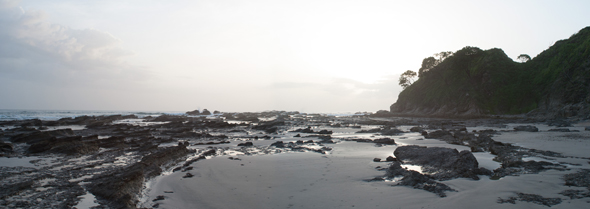
Click to open slideshow. Photos by Surf Survival winner Stephen Milner
HB: There’s no denying that the Harmony is a very special place, what made it special for you?
Milner: The most special part of the Harmony to me was how close it was to the surf, how you could hear the ocean roaring from the back porch of your room. Also the Harmony’s commitment to sustainability and its responsible approach to the environment had a powerful impact on my stay.
HB: In what ways did your stay inspire you creatively, if any?
Milner: I recently graduated from the Savannah College of Art and Design with a photography degree. I found myself worn out, broke and seeing the same thing everyday. I was desperate to travel, and then I won this free trip to the surf survival camp in Costa Rica for a week. So yeah, EVERYTHING inspired me during my stay.

HB: Is there anything that you will always associate with your trip to the Harmony? A sight, smell, object?
Milner: I found a new love for avocados; I ate those every morning while I was staying at the Harmony.
HB: Any funny stories?
Milner: One morning I was paddling out and it was the day after the dangerous marine animals lecture, I was a little on edge about shark and crocodile attacks when out of nowhere a dark green object surfaced 2 feet away from my board. I immediately thought it was a crocodile and I yelped before realizing it was a giant sea turtle.
HB: Can you briefly describe your typical day at the Harmony during the Surf Survival Camp?
Milner: Wake up at 6:30am, get some fresh coffee and go check the surf, which was always firing. I would go out and surf for about two hours and then get breakfast and go right to Dr. Nathanson’s lecture. After the lecture I would usually go explore the coastline or the town and have some lunch and make it home in time for a late afternoon surf session.
HB: Were you particularly surprised about anything you learned during the camp?
Milner: That peeing on jellyfish stings doesn’t actually help.
HB: Of everything you learned, what information do you think will be most useful for you in the future?
Milner: That’s a hard question to answer, I learned a lot while I was at the camp. But, something that really stuck with me was preparing a proper first aid kit for the region you will be traveling to. Also researching and educating yourself on the area you’re going to be traveling to. Also something that stuck with me, “The surfboard fins are the sharpest teeth in the ocean.”
HB: Who would you recommend attend the next Surf Survival Camp?
Milner: Anyone who considers himself or herself a surfer. If you’re a beginner, it’s only going to boost your confidence and motivate you to surf. Also, as a photographer, I highly recommend to other surf photographers and videographers because whether they like it or not they will probably have to be the first to react if anything goes wrong on a surf trip.
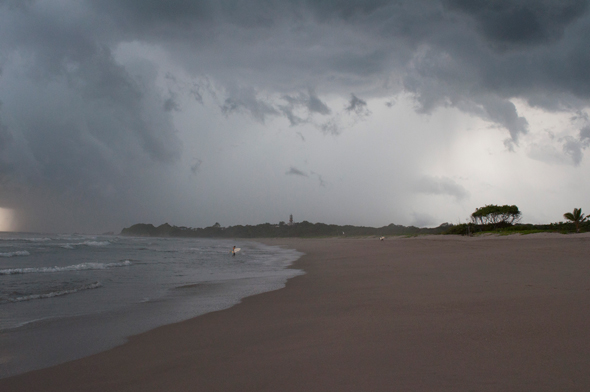
HB: How did the camp boost your surfing confidence?
Milner: It boosted my waterman skills greatly in many ways. Having this new knowledge made me more comfortable with surfing in the water and out of the water.
HB: Every surf break and its surfers have their own personality, how would you characterize Guiones?
Milner: I think because there’s always some sort of surf-able waves, everyone in Guiones were always happy. People were friendly and laid back, even if there was a language barrier you could still get that great “Pura Vida” vibe.
 During natural-gas drilling known as “fracking,” chemicals, water and sand are injected into the earth in order to create enough pressure to crack open rocks and release oil or natural gas. The nearly 600 chemicals used in fracking include known carcinogens such as benzene, toluene, ethyl benzene and xylene, among others, which can leach into drinking water.
During natural-gas drilling known as “fracking,” chemicals, water and sand are injected into the earth in order to create enough pressure to crack open rocks and release oil or natural gas. The nearly 600 chemicals used in fracking include known carcinogens such as benzene, toluene, ethyl benzene and xylene, among others, which can leach into drinking water.
